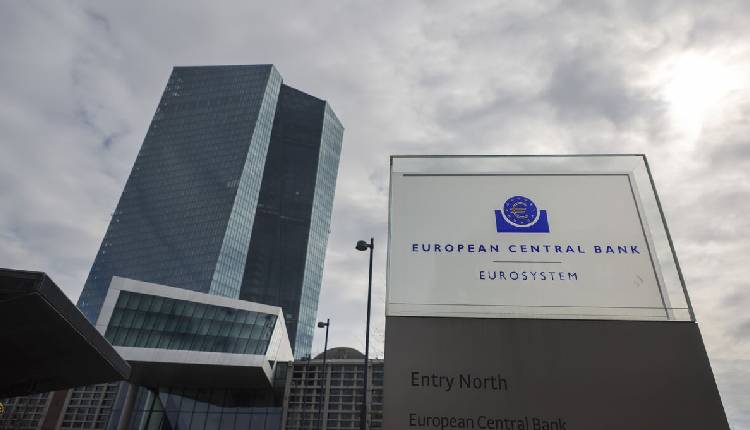ECB inflation goals jeopardised by productivity concerns
A critical element in the European Central Bank’s (ECB) strategy for reducing inflation to 2 per cent is facing increasing scepticism, potentially impacting prospects for sustained interest rate cuts.
To achieve its target by late next year, the ECB anticipates that productivity gains must accompany moderations in wages and profit margins.
A more productive labour force, which would lower unit costs and exert downward pressure on inflation, remains a long-sought goal to lift the eurozone from stagnation.
However, achieving this has been elusive, with disruptions like COVID-19 and Russia’s war in Ukraine threatening to leave lasting economic scars on the 20-nation bloc.
Without adequate productivity improvement, the ECB’s policy projections could be jeopardized. Analysts expect officials to resume rate cuts in the fall after maintaining the current rate at 3.75 per cent when they meet this week.
Some analysts argue that the ECB’s forecast of a 1 per cent productivity rise in 2025 and 2026—compared to the 0.6 per cent average in the two decades before the pandemic—is overly optimistic.
Productivity fell by about 1per cent last year and by 0.6 per cent in the first quarter of this year, partly due to firms retaining workers despite sluggish growth.
“The 2025 and 2026 staff projections still look too strong, and we expect less disinflationary pressure from productivity growth than the ECB,” said Soeren Radde, an economist at Point72. “There remains an argument not to expect a deep cutting cycle.”
The ECB will next set rates on Thursday, with economists unanimously predicting a hold at 3.75 per cent following June’s initial reduction. The September meeting is viewed by markets as a likelier point for another cut, as new economic forecasts will be available.
Attribution: Bloomberg.


